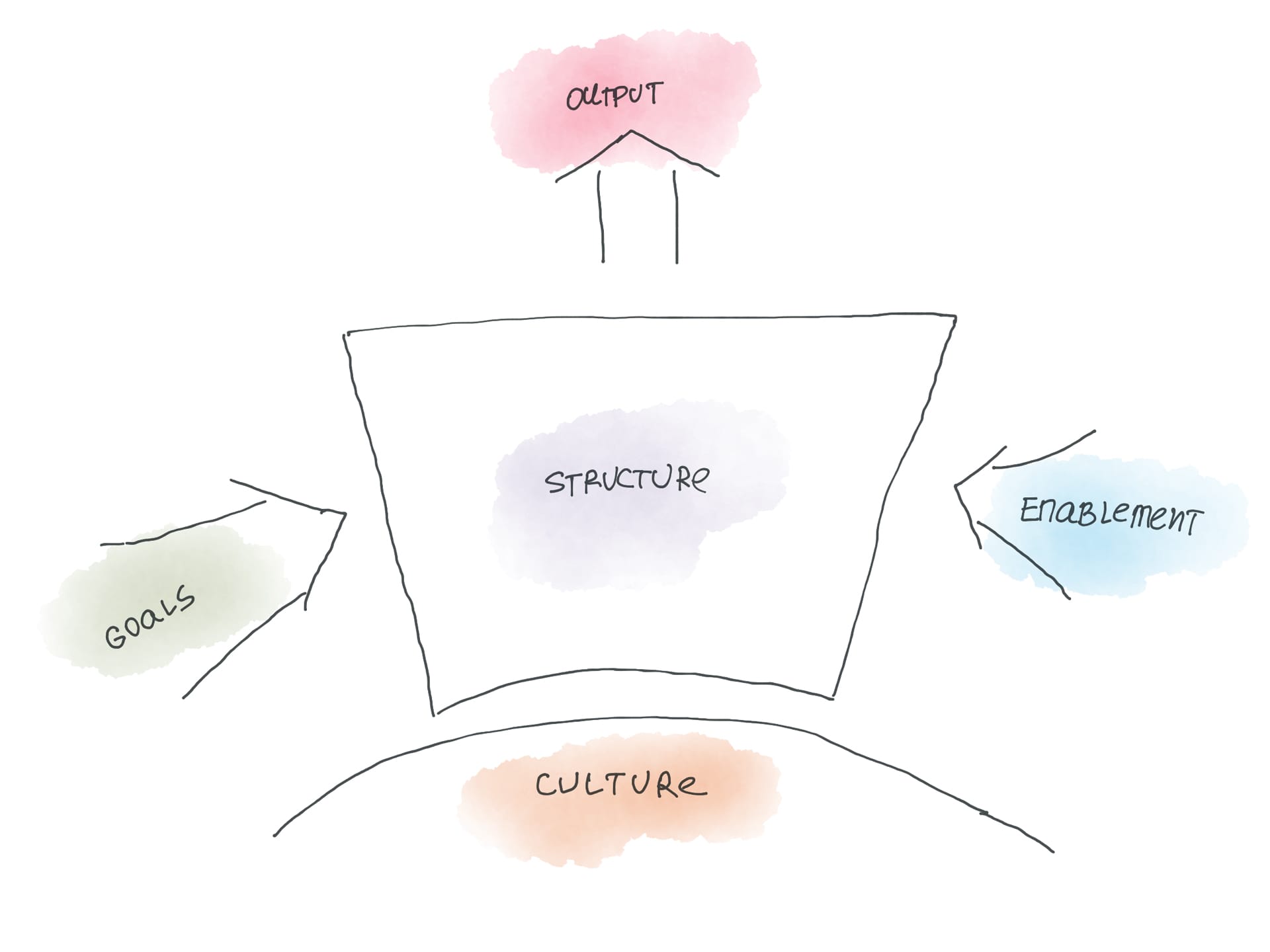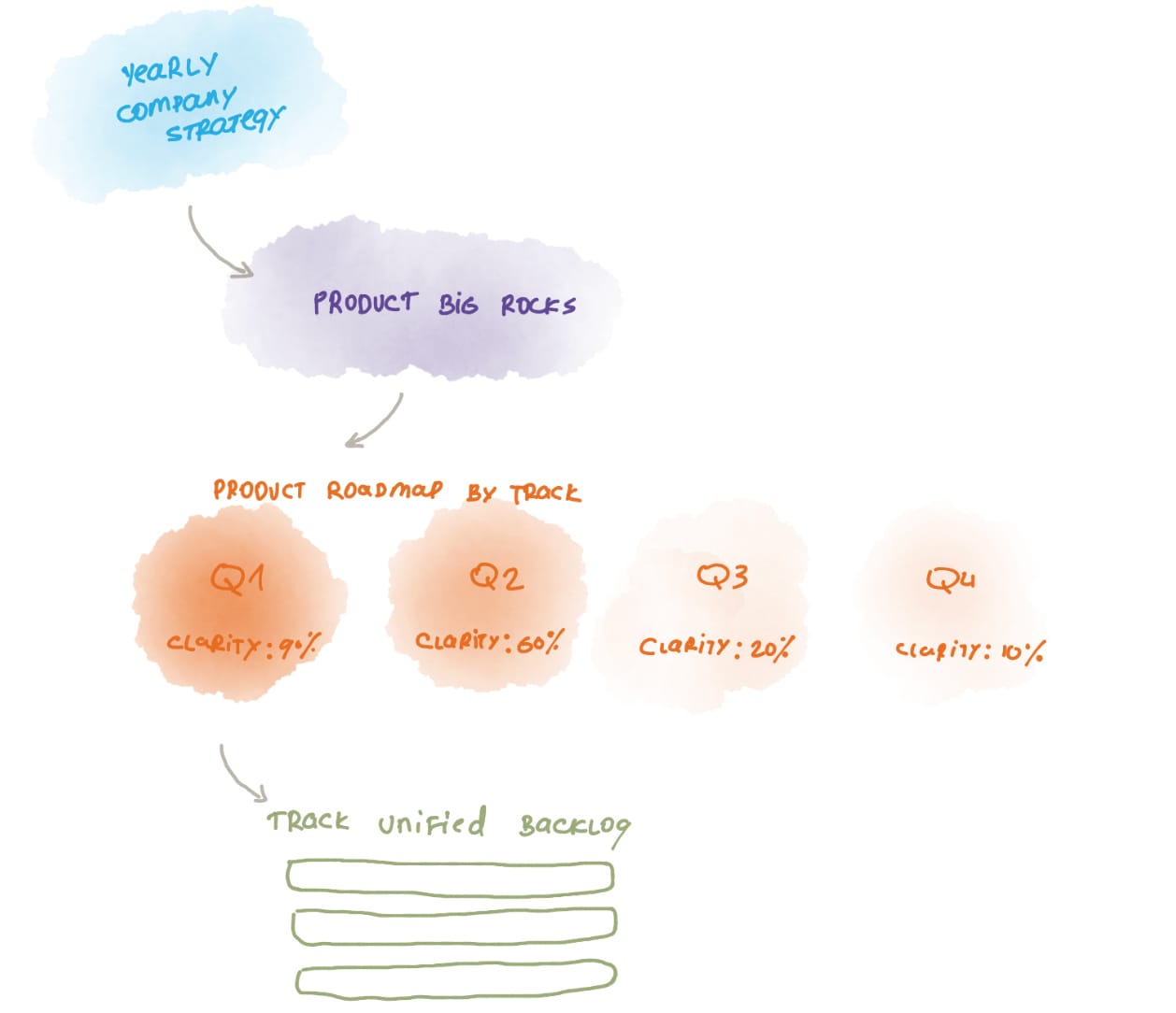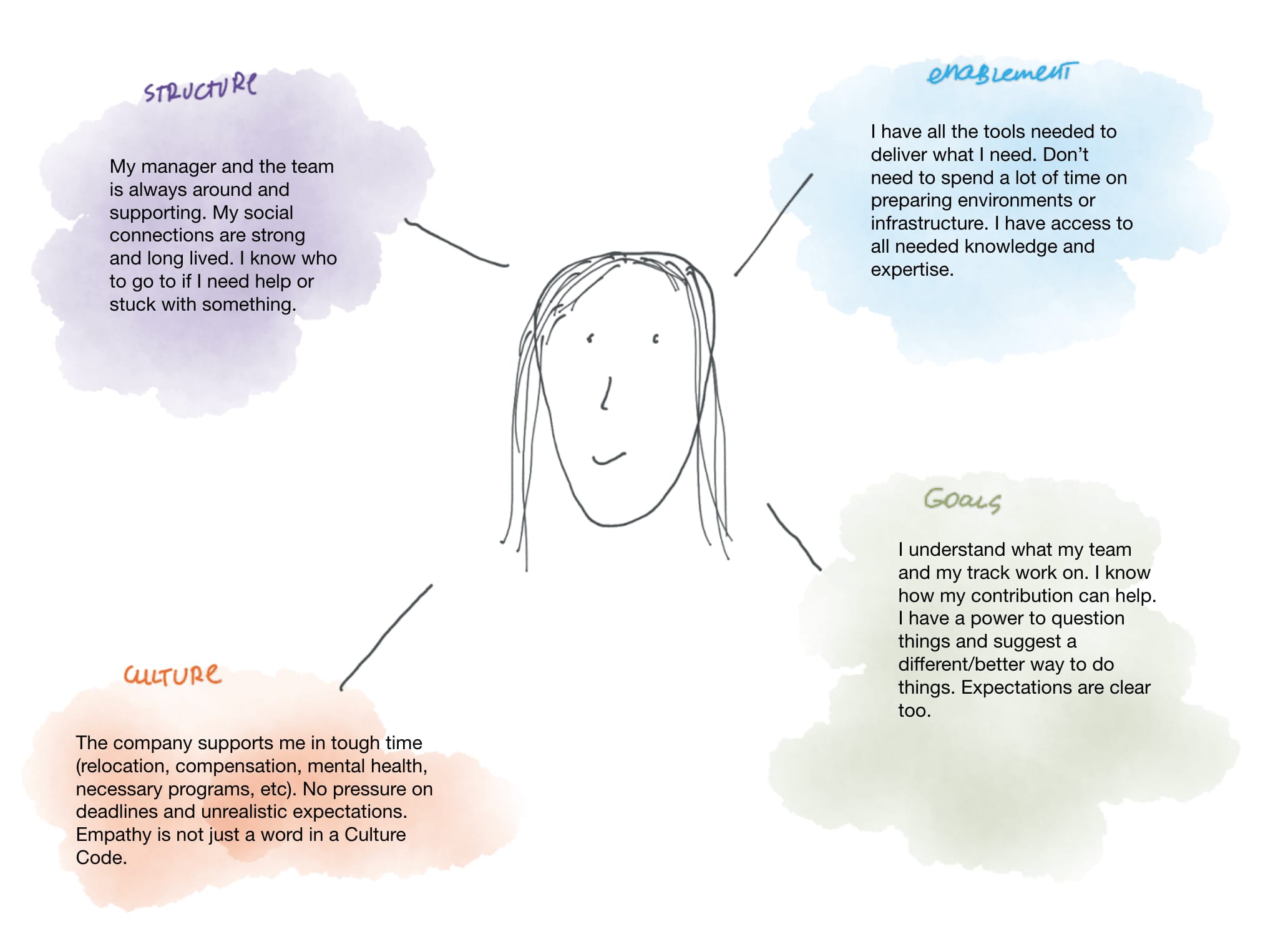From COVID to War: Organizing Work in Turbulent Times
It certainly hasn’t been business as usual around the world since early 2020. Regardless of size and industry, organizations have been forced to adapt to new conditions wrought by the pandemic. And for an organization like ours, the pandemic has been one of only a few obstacles we’ve needed to manage and adapt to.
With a sizable percentage of PandaDoc’s 700-plus employees partially based in Belarus and Ukraine, it’s been crucial for us to act quickly and decisively to protect our people. Despite our steady and rapid growth, and in the wake of the violent response to protests over the Belarus election in 2020 and the devastating war in Ukraine in 2022, we’ve remained a tightly knit — and exceptionally productive — organization.
Here’s how we’ve accomplished this.
4 pillars we’ve built and rely upon
In the face of the pandemic, Belarusian unrest, and the Russia-Ukraine war, PandaDoc has shown extraordinary resilience in each case by rebounding to 60-100 percent of normal productivity within 6-8 weeks. We’ve done this by designing our teams and organizing our work around four main pillars:
- Culture. Our team members are often attracted to — and remain with — PandaDoc because of the strong personal and team bonds created by our internal work culture, especially during times of historic upheaval.
- Structure. From autonomy to centralization, we’ve built our organization for long-term stability to ensure we’re capable of withstanding cataclysmic global events beyond our control.
- Enablement. When your team can focus on its business objectives, knowing everything else will be taken care of — that’s enablement in action. It’s something we consistently prioritize.
- Goals. Our organizational design helps keep our targets in clear view, while also allowing for modifications that help us reach our objectives more quickly.
Culture: L.I.F.E. at PandaDoc
PandaDoc’s mission clearly defines our main business objective:
- Help innovative organizations scale and win by eliminating workflow inefficiencies and bureaucracy.
And naturally, our vision enables us to fulfill our mission:
- Build the most intuitive platform that automates agreements, transactions, and other document-driven workflows.
Of course, we haven’t reached this point without a team of dedicated individuals who (quite literally) bring our culture code to L.I.F.E. by living and promoting our company values:
L: Learn
I: Impact
F: Fun
E: Empathy
Digging deeper, here’s how we interpret and practice these four values.
- Learn. We offer full transparency into our business, allowing everyone to learn how each aspect of PandaDoc functions. We also offer a variety of educational programs for team members, plus an annual education budget and internal career paths — we prioritize hiring within the company whenever possible.
- Impact. We encourage our people to dream big by promoting a culture of autonomy and experimentation. We’re equally thrilled to see our employees take ownership of metrics, revenue, and other business-critical items.
- Fun. We keep all lines of communication open from the top down and always put our people first. We do this by offering ask-me-anything (AMA) sessions with our founders, C-level team, and executives, plus private one-on-one conversations. And as pandemic conditions continue to fluctuate, we get our global teams together in person whenever possible — and of course, regularly on Zoom.
- Empathy. We create a safe working environment for our employees through relocation programs, financial support, flexible scheduling, revised productivity expectations in times of upheaval, and an overall atmosphere of support. We actively adjust our perspective to see things as others do.
Through these core company values, we’re able to attract, retain, and develop top talent, which continuously spins our flywheel and pushes us toward fulfilling our mission.
People often ask how our culture contributes — and, more importantly, how it’s applied on an ongoing basis? For us, a well-defined Culture Code is a guiding principle in hiring. When screening candidates, we include a dedicated culture-fit interview to determine if a potential employee will reinforce our core values. This step serves as a virtual “filter.”
Structure: Teams, processes, tracks
We’ve mentioned the emphasis we place on autonomy, and nowhere is this more evident than in the way we structure our development teams at PandaDoc. At PandaDoc we are using Large Scaled Scrum Framework to run our R&D organization.
Usually consisting of five or six developers, our teams are atomic units focused on delivering end-to-end value. Teams are independent and autonomous, so they can deliver their changes without any external dependencies.
Each one boasts a clever name they’ve come up with themselves — for example, “cAPIbaras” (you can probably guess what this team’s primary focus is).
Recently we’ve started to shift away from including a QA engineer on each team as we move toward a more automated QA model.
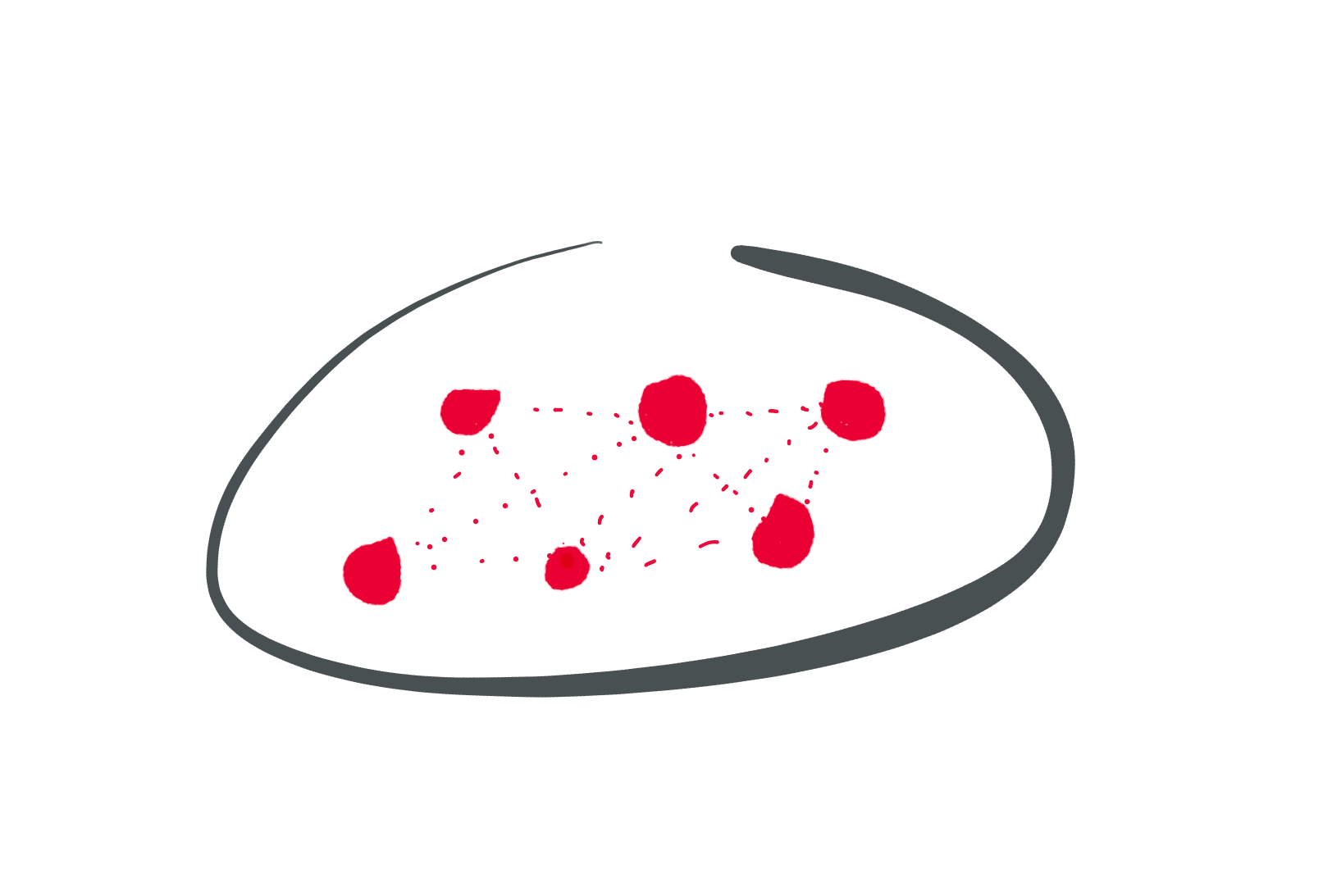
Because strong social connections on a team can help overcome the type of global turbulence we’ve endured the last few years, we don’t like to change team members often. Furthermore, we don’t optimize by location, language, or culture since we’ve seen that grouping individuals from different countries can stabilize a team over time.
When it comes to our processes, we like to pursue a combination of scrum tactics and simple common sense by:
- Maintaining a unified single backlog
- Allowing every team to work on any area of our app
- Removing dependencies on experts
- Allowing any team to work with any product manager
- Constantly prioritizing the backlog for the entire product
Scaling from 12 to 40 development teams, as we’ve done at PandaDoc, isn’t easy. From unclear areas of responsibility and constantly changing social connections to cognitive overload and reduced ownership and engagement, there can be plenty of potential pitfalls along the way.
To help avoid these perils of rapid growth, we’ve introduced tracks as a way to scale our organizational structure smoothly.
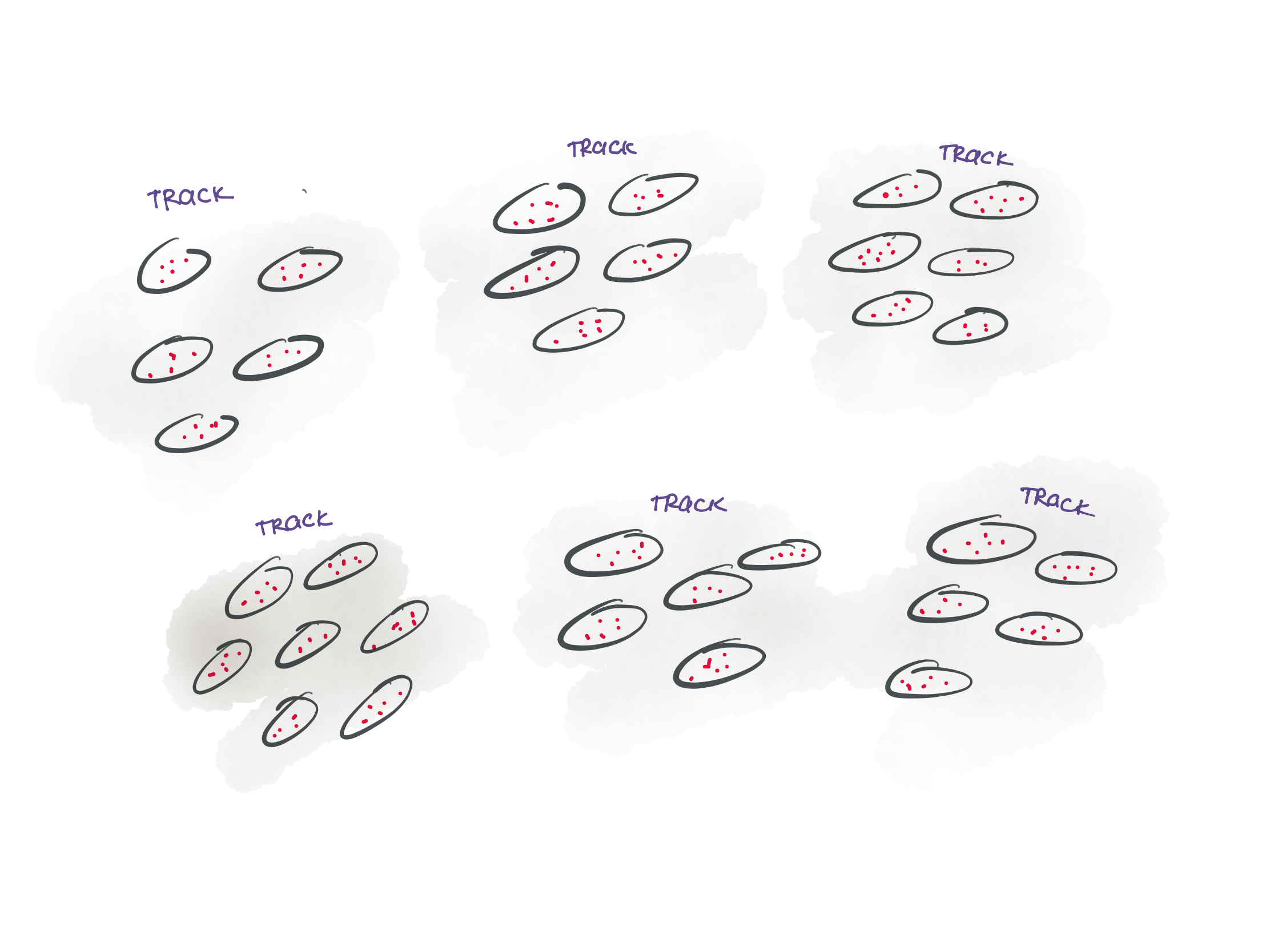
A track at PandaDoc is a set of 4-6 teams sharing a unified focus — either a very clearly defined area of our app, or an equally clearly defined set of metrics. The former is often visionary work requiring deep research, and where architecture and quality are critical; the latter touches many pieces and requires quick testing, as well as being OK with 60-70 percent of experiments not working out favorably.
Each track at PandaDoc has a leadership team consisting of people from Product, Engineering, and Product Design, as well as a Scrum Master — our communication interface within the track. Our current tracks include Growth, Day2Day, Document-as-an-App, Ecosystem, Solutions, SaaS Foundation, and Platform.
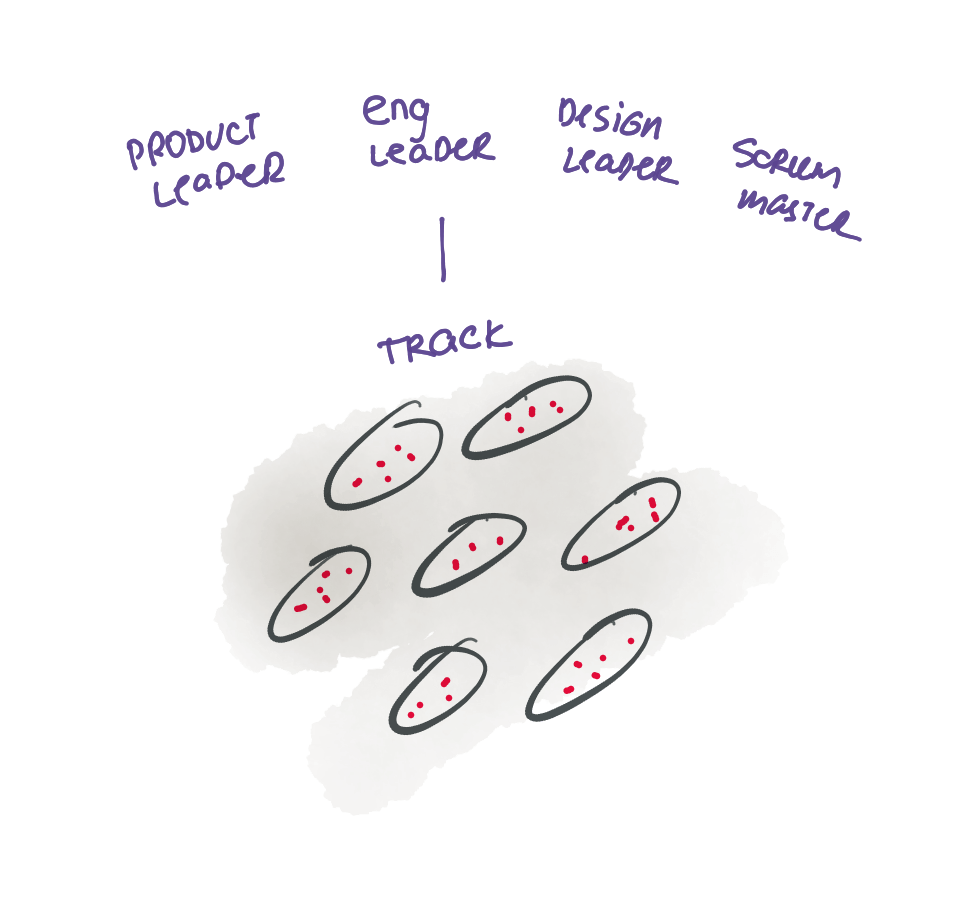
The advantages of using tracks are far-reaching and include greater scalability, clear focus and responsibilities, long-lasting social connections, and autonomy. Tracks are also easier to manage. Disadvantages are less acute, but isolation from other tracks is a potential issue, as is too much rigidity.
Enablement: Helping our teams remain focused
Now, imagine: You have 40 development teams, amazing talent, and a brilliant plan. Ideally, you want to enable your teams to focus on their work without distractions. But between the starting bell of customer research and the ultimate announcement — plus everything else involved with building a new feature — the entire process can quickly become overwhelming. How do you move forward and keep your eyes on your objective?
Our goal at PandaDoc is to eliminate repetitive work and focus on a primary business value — all with a centralized approach to enablement. We do this by solidifying crucial elements of infrastructure, then ensure that these are used across our entire organization.
Our Platform group enables operations and smooths out rough spots for our engineering teams. Within this group, Infra and DevOps teams are responsible for infrastructure; DevExp works on frameworks and best practices; Automation and Performance QA provide tools for all teams to embrace automated quality control; and, SecOps manages all tooling, practices, and review of application security.
Our Product Operations group helps our product team work more efficiently by providing research and product data analytics, while also organizing planning and review sessions.
Our Architecture Council provides important context about development plans for our application and architecture. This helps our teams make well-informed decisions, while retaining a high level of autonomy.
Finally, our SaaS Foundation helps us avoid reinventing the development wheel by ensuring that often-used components are used across our growing number of modules and products.
Goals: For the win
We push toward our business goals by pursuing alignment through a unified planning process.
Our yearly company strategy includes all annual goals for PandaDoc, plus other major items such as revenue, hiring, expansion, global projects, and more. This then informs product big rocks, pebbles, and sand granules — all of which shape plans for each track. Finally, based on our quarter track plans, tracks build their backlogs.
All plans are documented in detail and, in the spirit of company-wide transparency, shared across the entire organization — as is progress toward each goal during our biweekly all-hands meetings. After experimenting with different tools, we currently use Coda for all our planning and documentation.
But planning is only one side of the story. To continuously drive the organization toward our goal, we’ve established a rhythm and cadence where we check progress and make necessary changes to our approach. Here’s a high-level look at how we do it:
- Yearly company strategy: This translates into an annual product roadmap.
- Quarterly OKRs by quarter: Each track’s plans are based on its contribution to the product roadmap for the quarter.
- Monthly track sync: Track leaders discuss progress toward goals, as well as roadblocks.
- Bi-annual product roadmap review: Planning for the entire year is a challenge, so we have an offsite meeting to analyze the first half of the year and make necessary adjustments to the second half. Usually we do it in person with a larger group of people representing both Product and Engineering.
- Bi-weekly sprint review: Every other week, tracks and teams share their progress towards goals and demo their work. This is reminiscent of a mini-conference with keynote speakers (track leadership) and different streams where engineers present product updates. These gatherings are open to anyone in the company and routinely well-attended.
Pillars of resilience
We’ve talked about the four pillars of our organization and how we organize our work. But how do these pillars help us remain stable during turbulent times?
Since our people are the center of everything at PandaDoc, we’ve designed these pillars to help everyone work more productively, creatively, and, not least of all, in a safe environment. Here’s how each pillar specifically has a positive and direct effect on every individual across our organization, regardless of their location.
Our culture supports our people during challenging periods through relocation assistance, mental health programs, and more. At times like these, we know when to ease back on deadlines and performance expectations. “Empathy” is not merely a word in our culture code — it’s something we embody day in and day out.
Our organizational structure ensures that managers and teammates are there to provide support. Our people always know where to go and who to go to if they need help. Social connections and unified goals help overcome challenges.
Our strong emphasis on enablement gives our employees the tools they need to remain focused and deliver high-quality work. With easy access to shared knowledge and expertise, our development teams don’t need to spend tons of time preparing environments or infrastructure.
And, our goals process gives all of us at PandaDoc targets to aim for. Everyone knows their expectations, what their team is working on, how to suggest improvements, and how their contributions help push toward our main objectives.
We truly believe that focusing on these four pillars — Culture, Structure, Enablement, Goals — have helped us maintain resilience and recover much faster after so many external shake-ups. However you may modify them, we hope these guidelines are as fruitful for you as they’ve been for us during these recent years of turbulence.

How to Support Employees Affected by War and Crises
Once Russia invaded Ukraine in February 2022, Ukrainians needed to evacuate and work had to be replanned. Given this tragically difficult event, individuals and companies are still trying to get out of shock. Managers and HR partners keeping up with global and local news must understand that these events may shatter people who haven’t even been directly affected by the war. It’s critical to support your employees during these chaotic times. Here’s how to approach the issue.
Distributed Teams and Home Offices. Work in a New Reality
Since 2020, the world has been in turmoil. And these days, the usual workflow is no longer what it used to be: no commute, no coffee queue, no one dropping by your desk to say hi. The events of 2022 have made even more of us work from different places and time zones. PandaDoc has adapted to this new reality of remote working environments — here’s how we’ve done it effectively.

Recovery and Coming Back to Work
If you’re wondering how to ignore stress, the answer would be “It’s impossible — and not always necessary.” A stress reaction is natural, and it’s what makes us human. We talked about this with psychologist Aleksandra Zinkova and shared our own experiences of how specific recommendations worked for us.
